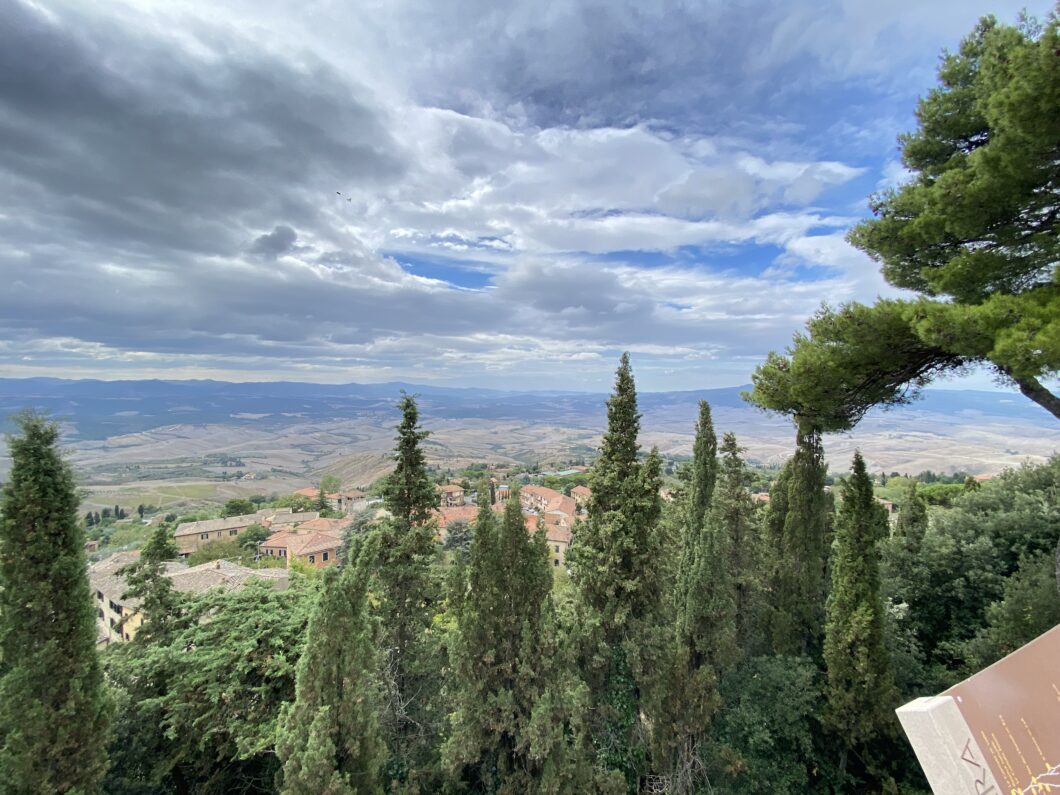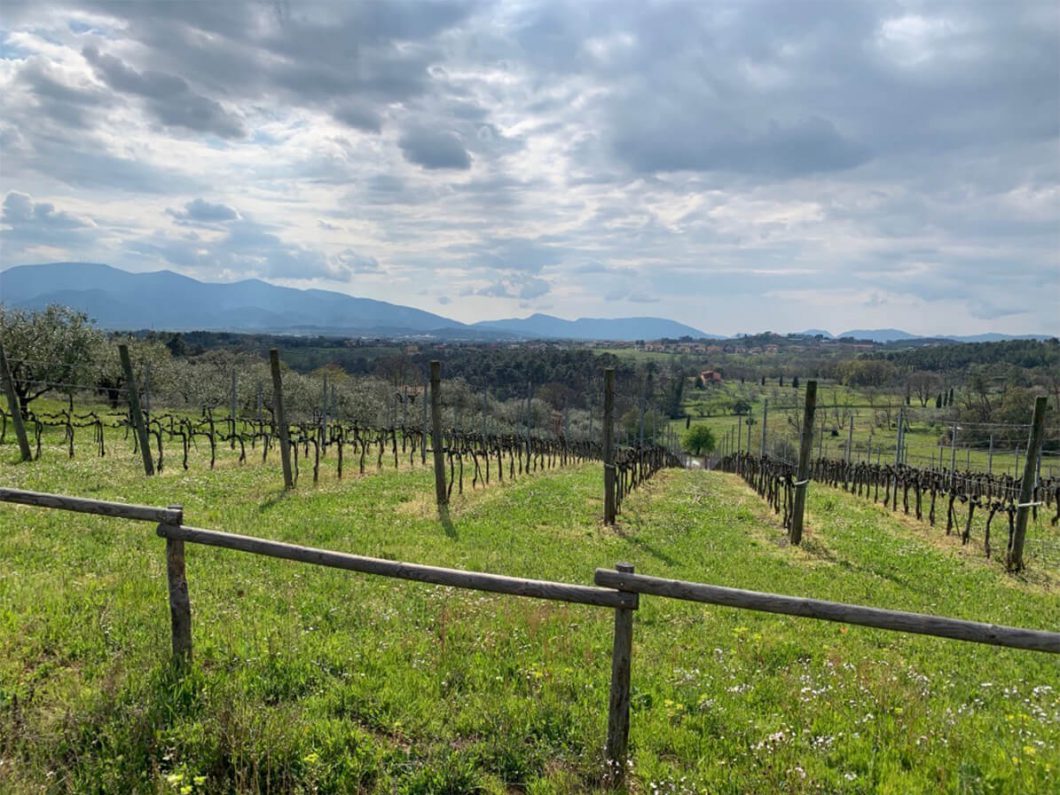Silicon Valley has been at the forefront of many technological innovations, and now it has made yet another leap into a business we normally don’t associate with computers and artificial intelligence; and that is in wine.
Billions of dollars are spent every year in Silicon Valley, on start-ups, apps, you name it. So it was very odd when it was revealed that a machine was developed that could analyze tens of thousands of wines to help wine makers and retailers match their vintages with consumers more accurately.
Tastry, founded by Katerina Axelsson, describes itself as “a sensory sciences company that uses advanced chemistry, machine learning, and artificial intelligence to match consumers to the products they love.”
Katerina worked as a chemist during a stint at a winery, and noticed how some of the wine would be used in other products, and even in different wine blends, set at different price points. The feedback from those critiquing the various wines would receive different reviews, prompting Katerina to wonder why the same product was rated differently.
This is where Katerina’s idea became another science experiment and Silicon Valley innovation. She tested several thousand wines through chemical analysis and used artificial intelligence to create a technology to identify and compare the flavors, aromas, and textures of these wines into a database.
She then created a wine recommendation app in 2019 called Bottle Bird, in which a quiz was included that users could input their unique tastes and preferences so that it could make a recommendation with 80 to 90 percent accuracy. Bottle Bird’s motto is “never waste money on a bad bottle again.”
Forgive Italians for skepticism of Silicon Wine App
This may seem blasphemous in Italy, where culturally, part of the enigma and adventure of finding a great wine is by embarking on a quest to find that perfect bottle by performing the ritual of choosing a bottle (perhaps on the recommendation of the wine seller in the small town you live in), taking it home, and opening it for the family or friends at dinner, pairing it with the main dish, and having long discussions at the table about its merits.
And yet the idea is not lost on Americans, who (according to Tastry) “didn’t have the same cultural history of growing up with wine in the household that Europeans did.” While it is unlikely that masses of French and Italian wine lovers will flock to an app so that it can tell them which wine to choose, perhaps Tastry’s core concept is valid for Americans, whose shopping methods have been altered so much by Silicon Valley and the internet over the years.
The experience of tasting wine and finding that perfect bottle has been changed drastically with the help of Silicon Valley’s technological innovations. Despite the cultural differences in how a wine is selected, it is now clear that technology has been innovated in a way that can help the purchasing of wine be more efficient by pairing it at a molecular level with the tastes of the digital shopper.


